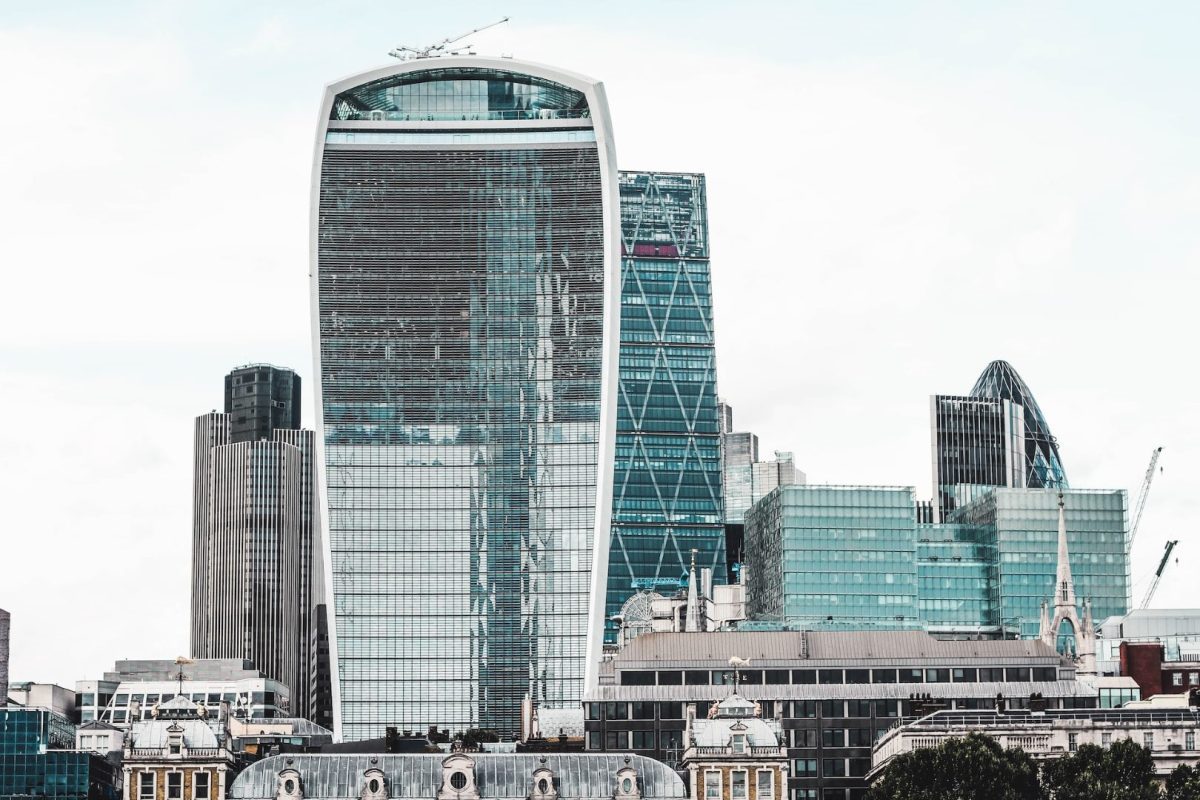10 Most Asked Questions About Traveling to Dalmatia
Dalmatia is a stunning region of Croatia, located on the eastern side of the Adriatic Sea. It is known for its picturesque coastline, crystal-clear waters, and ancient cities. With its Mediterranean climate, stunning beaches, and vibrant nightlife, it’s no wonder that Dalmatia is one of the most popular tourist destinations in Croatia.
If you’re planning a trip to Dalmatia, you may have some questions about the region. We’ve compiled a list of the 10 most asked questions about traveling to Dalmatia, so you can be sure to have the best experience possible.
1. What is the best time to visit Dalmatia?
The best time to visit Dalmatia is between May and October. During this time, the weather is warm and sunny, and the beaches are perfect for swimming. The summer months are the busiest, so if you’re looking for a quieter experience, you may want to visit in the spring or fall.
2. What are the must-see attractions in Dalmatia?
Dalmatia is full of amazing attractions. Some of the most popular sights include the ancient city of Dubrovnik, the stunning Plitvice Lakes National Park, and the beautiful islands of Hvar and Korčula.
3. What kind of activities can I do in Dalmatia?
There are plenty of activities to enjoy in Dalmatia. You can go swimming, sailing, kayaking, and snorkeling in the crystal-clear waters. You can also explore the region’s many historical sites, go hiking in the mountains, or take a boat tour to explore the islands.
4. What kind of food can I expect in Dalmatia?
Dalmatia is known for its delicious seafood dishes, such as grilled fish, mussels, and octopus. You can also find traditional Croatian dishes, such as sarma (stuffed cabbage rolls), goulash, and burek (a type of pastry).
5. What kind of accommodation is available in Dalmatia?
There is a wide range of accommodation available in Dalmatia, from budget hostels to luxury resorts. You can also find private apartments and villas to rent, which is a great option if you’re traveling with a group.
6. How do I get around Dalmatia?
The best way to get around Dalmatia is by car. You can rent a car at the airport or in one of the cities. You can also take a bus or ferry to get around the region.
7. Is Dalmatia safe?
Dalmatia is generally a safe place to visit. However, it’s always a good idea to take precautions, such as keeping your valuables safe and avoiding walking alone at night.
8. What kind of budget do I need for a trip to Dalmatia?
The cost of a trip to Dalmatia will depend on your accommodation and activities. Generally speaking, you can expect to spend around €50-100 per day on food and activities.
9. Do I need a visa to visit Dalmatia?
If you’re a citizen of the European Union, you don’t need a visa to visit Dalmatia. However, if you’re from outside the EU, you may need a visa.
10. What language is spoken in Dalmatia?
The official language of Dalmatia is Croatian. However, many people in the region also speak English, so you should be able to get by without knowing Croatian.
Tips for Planning a Trip to Dalmatia
Now that you know the answers to the 10 most asked questions about traveling to Dalmatia, it’s time to start planning your trip. Here are some tips to help you get started:
• Decide when you want to visit – The best time to visit Dalmatia is between May and October.
• Research the attractions – Make sure to research the attractions you want to visit so you can make the most of your time in Dalmatia.
• Book your accommodation in advance – Accommodation in Dalmatia can be in high demand, so it’s best to book your accommodation in advance.
• Choose your activities – There are plenty of activities to enjoy in Dalmatia, so make sure to choose the ones that are right for you.
• Pack the essentials – Make sure to pack all the essentials, such as sunscreen, insect repellent, and a first-aid kit.
• Have a backup
An Insider’s Guide to Split, Dalmatia
If you’re planning a trip to Dalmatia, the historic city of Split is a must-visit. Located in the heart of the Adriatic coast, this stunning city offers a perfect blend of history, culture, and natural beauty that will leave you spellbound. From hidden gems to off-the-beaten-path activities, here’s an insider’s guide to help you plan your trip to Split.
Explore Local Attractions
While the iconic Diocletian’s Palace is the most famous attraction in Split, there are numerous other hidden spots to discover. Take a stroll through Varos, a maze of narrow streets and stone houses that will transport you to a bygone era. Visit the Glorijet park and soak in the serene atmosphere while enjoying the views of the city harbor. Walk up Marjan Hill for panoramic views of the city or visit the Green Market for a taste of local products.
Indulge in Local Cuisine
Split’s food culture is a mix of traditional and modern influences. The city’s staple dish is Pašticada, a slow-cooked beef dish served with homemade gnocchi. You will also find delicious seafood dishes like black risotto and squid ink pasta. Be sure to try the local wines and olive oil sourced from the nearby islands, which have a distinct flavor profile. For a sweet finish, try the delicious krostule, a pastry made of fried dough, sugar, and cinnamon.
Immerse Yourself in the Local Culture
Split’s cultural experiences go beyond just the usual tourist attractions. In August, the Split Summer Festival brings together artists from around the world for two weeks of classical music, theatre, and dance performances. The traditional game of picigin, played on the city’s famous Bačvice beach, involves tossing a small ball between players in the shallow waters. Additionally, don’t miss the Split Carnival in February, when the city comes alive with colorful parades and street parties.
Learn About Local History
Split’s rich history dates back to the Roman times and has many captivating stories to tell. Learn about the city’s mysterious Egyptian sphinx and its journey from Luxor to Split. Visit St. Duje Cathedral, built by Emperor Diocletian as his mausoleum, and hear the legend of how the bell in its tower rang during the World War II bombardment. Discover the unique history of the city by joining a walking tour, where a local guide will take you to the hidden corners and share stories of the city’s past.
Off-the-beaten-path Suggestions
Take a day trip to Krka National Park, a 1-hour drive from Split, and explore the breathtaking waterfalls and hiking trails. You can also take a boat tour to the nearby island of Hvar, famous for its lavender fields and beautiful beaches. For adventure lovers, try climbing Marjan Hill or paddleboarding along the city’s shoreline. Finally, don’t miss the opportunity to watch the city’s spectacular sunset from Vidilica cafe, located on the top of Marjan Hill.
Split, Dalmatia, is a destination that will stay with you long after your visit. With its fascinating history, delicious cuisine, and unique cultural experiences, this city has something for everyone. Use this insider’s guide to plan your next trip and explore the hidden gems that will make your visit a truly unforgettable one.
Table of Contents

